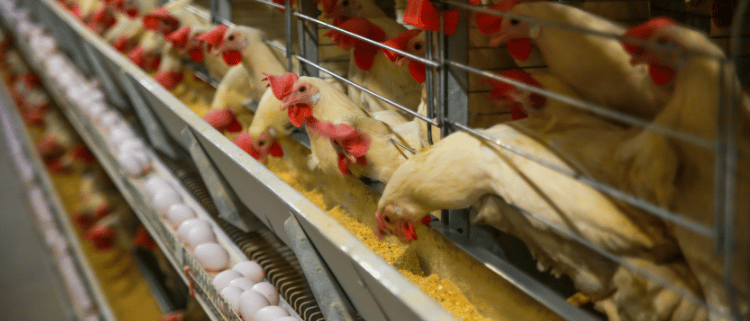Adequate mineral supplementation for layers
Supporting the layer industry with adequate mineral supplementation
by Céline Robin, Product Manager Minerals
With increasing demand for animal proteins, eggs have become a reference product. They are a high quality source of protein, relatively affordable, easy to cook and consume. For these reasons and for sure many more, eggs are one of the fastest growing protein markets in the world.
In modern production systems, profitability closely relates to an efficient use of natural resources. Through the years, layers have been selected for their ability to lay eggs, ideally one every day. To achieve that, many variables are in play such as physiological status, heat stress, health challenges, and nutrition.
Suboptimal conditions not only negatively impact bird performance but also increases environmental impacts. Hence the need for precise feed and to supplement birds according to their needs along the laying cycle. Micro nutrition and especially trace minerals are an essential part of this. The use of an optimised trace mineral source could enhance performance and prevent excess mineral output.
It would be tempting to presume that the increased requirement inherited through years of selection would lead to increasing supplementation levels. However, this strategy is not recommended for several reasons. On the one hand, negative interactions can occur between minerals, and the low bioavailability resulting from those antagonistic relationships advocate to respect required needed levels.
On the other hand, the ‘less is more’ concept applies in many nutrients, as retention efficacy increases with decreasing availability to prevent deficiencies.
Many producers in their daily practice utilise cheap, commoditised trace mineral sources, such as sulphates and oxides. Due to their low bioavailability, they are often oversupplied to secure the animal’s requirements. Therefore, the way forward to fulfil nutrient requirements and sustainably support laying hens is to use more bioavailable sources.
Organic trace minerals based on glycine, with proven chemical structure and quality, have shown to be such a source of highly bioavailable trace minerals. Due to the superior absorption of these so-called ‘glycinates’, it is now possible to reduce the inclusion dose of minerals while still answering animal requirements and enhancing performance.
It has been shown that layers supplemented with half a dose of glycinate showed significantly better laying performance and fewer broken eggs compared to the corresponding 100% dose of inorganic minerals. Still with a 75% dose reduction, glycinate showed a significant reduced broken egg rate.
Glycinates offer opportunities in the nutritional strategy but also nutrient management. Due to their high bioavailability, nutrients are better retained, and the final dose can be reduced.
Consequently, less input also means less output, minimising the environmental footprint of the layer industry.


